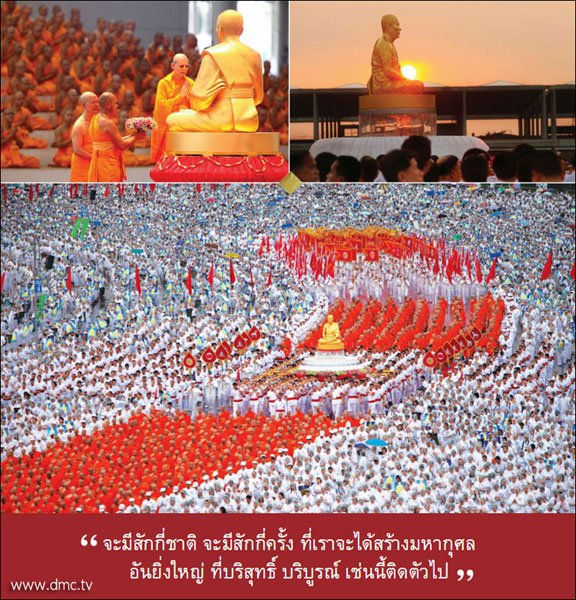What is the origin of Dhammakaya technique?
- dimsvancouver
- Aug 26, 2023
- 2 min read
Updated: Aug 26, 2023
Phramongkolthepmuni, was a Thai Buddhist monk who served as the abbot of Wat Paknam Bhasicharoen from 1916 until his death in 1959.[note 2] He founded the Thai Dhammakāya school in the early 20th century. As the former abbot of Wat Paknam Bhasicharoen, he is often called Luang Pu Wat Paknam, meaning 'the Venerable Father of Wat Paknam'. He became a well-known meditation master during the interbellum and the Second World War, and played a significant role in developing Thai Buddhism during that period.[6] He is considered by the Dhammakaya tradition to have rediscovered Vijja Dhammakaya, a meditation method believed to have been used by the Buddha himself.[7] Since the 2000s, some scholars have pointed out that Luang Pu Sodh also played an important role in introducing Theravāda Buddhism in the West, a point previously overlooked

Temples that refer to Luang Pu Sodh Candasaro as their teacher have published several biographies about him. According to these biographies, the principles of Dhammakaya meditation were discovered by Luang Pu Sodh at Wat Botbon, in Nonthaburi Province on a full-moon night of the tenth lunar month, sometime in the 1910s.[2] Though he had practised several other forms of meditation in Thailand with well-known meditation teachers, he felt he had not yet accomplished the enlightenment which the Buddha had experienced. That night, he decided to take a vow to meditate until he could at least accomplish some part of what the Buddha had once attained. He then experienced what followers consider a breakthrough in meditation.[3]

This breakthrough is described in the biographies as a deeper meaning to the Middle Way, a teaching described in the Dhammacakkappavattana Sutta, an early Buddhist discourse. This deeper meaning involves meditation technique.[4][5] Essential in this process is the "center of the body", which Luang Por Sodh precisely describes as being at a point two finger widths above the navel of each person: whatever technique someone might use to meditate, the mind can only attain a higher level of insight through this center. This center is also believed to play a fundamental role in the birth and death of an individual.[6] According to Luang Pu Sodh, the Dhammakaya, the core concept of the tradition, can be found within every human being. It has the shape of a Buddha sitting within oneself.[7] Followers of the Dhammakaya Movement believe that the Buddha became enlightened by using this method, and believe that knowledge of the method was lost five hundred years after the Buddha's death.[3][8] Temples of the movement refer to the Satipaṭṭhāna Sutta or the Visuddhimagga among others for Dhammakaya meditation's theoretical foundations

Wat Pak Nam temple, Bangkok Thailand
Nowadays, a multitude of faithful followers honor him by casting his image in 1.5 tons of gold. Not just one, but 8. These golden images have been enshrined in various places significant to his life. They show gratitude for his dedication to rediscovering and spreading Dhammakaya meditation, a practice that brings benefits to all.




Comments